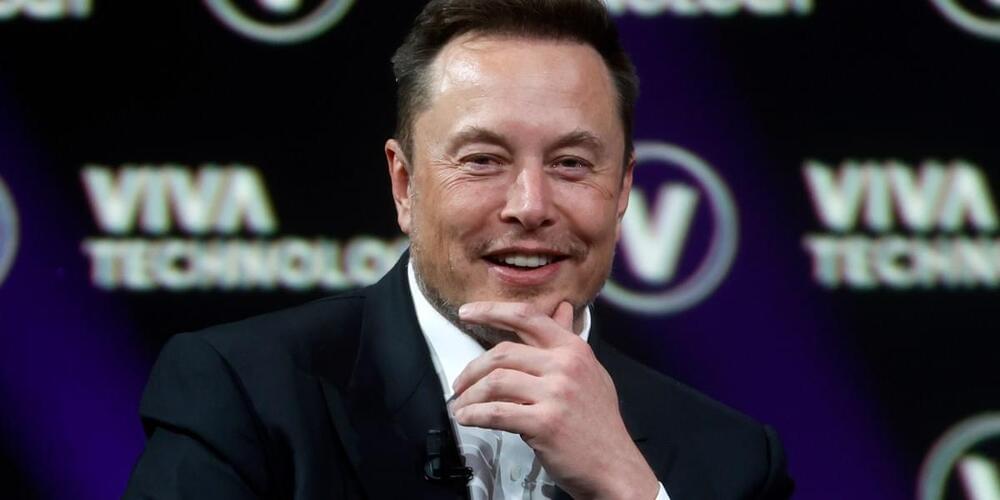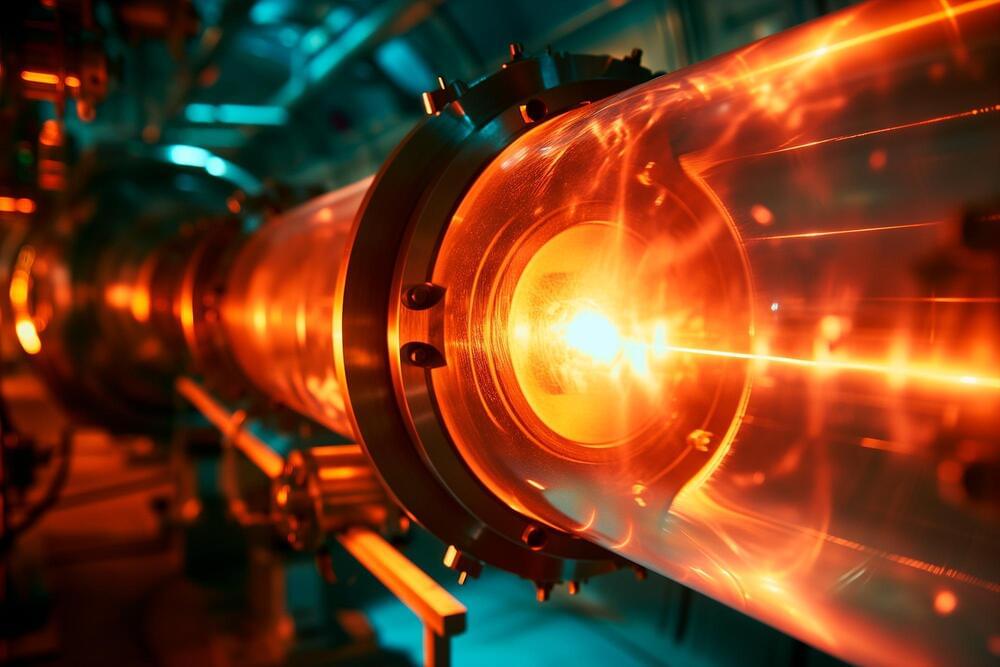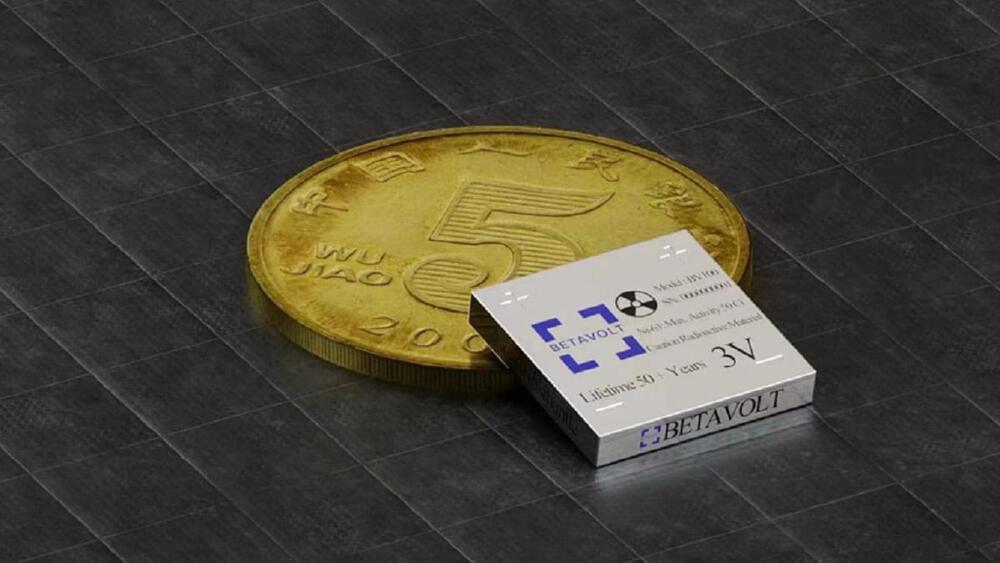Having refined its charging algorithms, Polar Night Energy is now ready to scale up the storage tech in Pornainen.
Once completed, the new battery will be integrated with the network of Loviisan Lämpö, the Finnish heating company that supplies district heating in the area.
“Loviisan Lämpö is moving towards more environmentally friendly energy production. With the Sand Battery, we can significantly reduce energy produced by combustion and completely eliminate the use of oil,” says CEO Mikko Paajanen.








